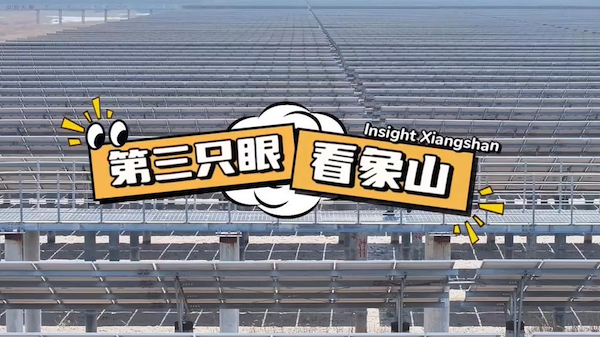Stable growth top priority for local govts
Provincial-level regions unveiled lists of key investment projects for this year
Keeping economic growth stable remains the top priority for local governments across China in 2022 as they unveiled key plans to boost investment and consumption to cushion new downward pressure. Experts and industry insiders said these measures are likely to contribute to the structural upgrading and high-quality development of the Chinese economy.
Their comments came as eight provincial-level regions, including Beijing, Shanghai and Shandong and Jiangsu provinces, recently unveiled their lists of key investment projects for this year.
According to figures reported by Chinese business newspaper Securities Daily, a total of 6,501 key investment projects are planned with spending on them exceeding 15.6 trillion yuan ($2.45 trillion). A portion of the projects is under this year's local investment plans, and the rest will be proceeded in the coming years.
In terms of areas of investment, apart from conventional ones such as infrastructure and people's livelihoods, investment is being prioritized in advanced manufacturing and strategic emerging industries. For example, Shandong, whose total GDP ranked third nationally last year, confirmed 600 key investment projects with a growing emphasis on industrial upgrading.
The key investment projects listed by Jiangsu this year involve a total investment of 559 billion yuan, an increase of 6 billion yuan from 2021. Among the 166 key industrial projects, 110 of them are in strategic emerging industries.
The central government said it will front-load supportive measures in the early part of this year to keep the economy running smoothly. Over the past month, a number of localities have called for stepping up the construction of new infrastructure such as 5G facilities and data centers.
Economists said the targets indicate that stable growth remains the top priority for local governments this year, and boosting effective investment will be a key objective, with this investment focusing on high-quality growth and upgrading.
"Although local governments aim for expansion in infrastructure investment, this round of investment will be different because it is being rolled out against the backdrop of tightening fiscal regulation. The allocation and oversight mechanism for using funds released from special local government bonds has notably matured," said Gao Ruidong, chief macro economist at Everbright Securities.
"Also, infrastructure plans from local governments contain a notable amount of new infrastructure projects and have mapped out intensive investment plans in 5G facilities, the industrial internet and technological upgrading. This will provide solid hardware support for China's industrial upgrading."
By Wednesday, some 30 provincial-level regions had concluded the annual sessions of the legislatures and political advisory bodies, with regional annual economic growth targets set for the year. Most localities have moderated their growth targets for 2022 compared with last year.
The three provinces with the highest economic volume in 2021-Guangdong, Jiangsu and Shandong-have all targeted annual growth at around 5.5 percent for this year. Guangdong set its growth target at "around 5.5 percent", while Jiangsu and Shandong vowed to reach growth rates above 5.5 percent.
Continuing tax and fee cuts are seen as one of the areas of consensus at the recently concluded annual sessions of provincial-level legislatures and political advisory bodies. Shi Yinghua, a professor at the Chinese Academy of Fiscal Sciences, said that this is a signal to the market that governments' efforts to ease the burden on businesses will stay in place. She said tax and fee cuts aim to energize market players and improve their profitability, with a focus on smaller businesses.

 China welcomes global travelers with open arms
China welcomes global travelers with open arms  Badminton excitement builds in Ningbo city
Badminton excitement builds in Ningbo city  A green revolution in Ningbo's tidal flats
A green revolution in Ningbo's tidal flats 


